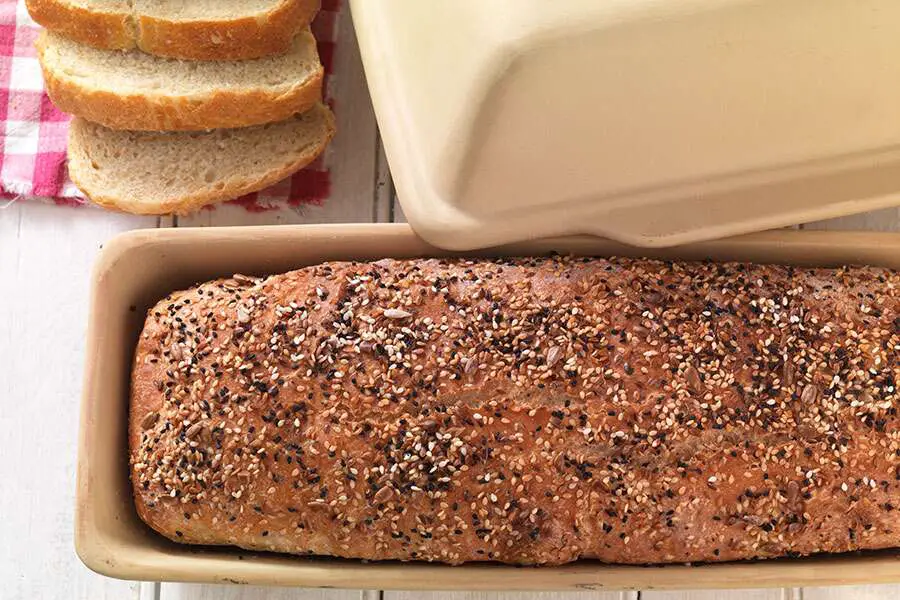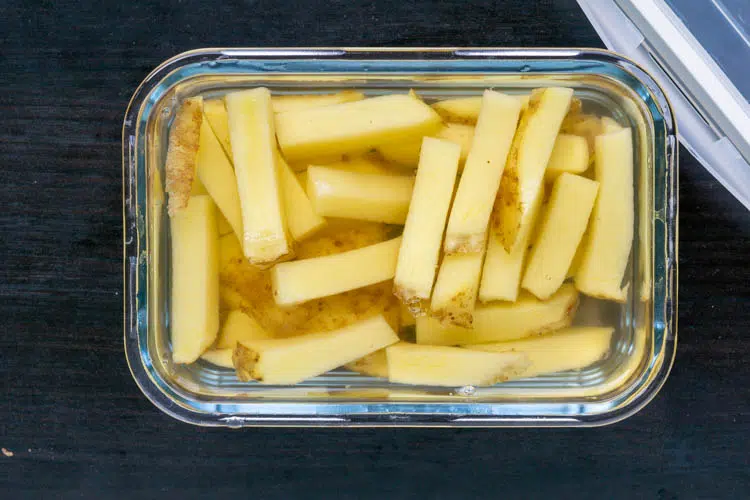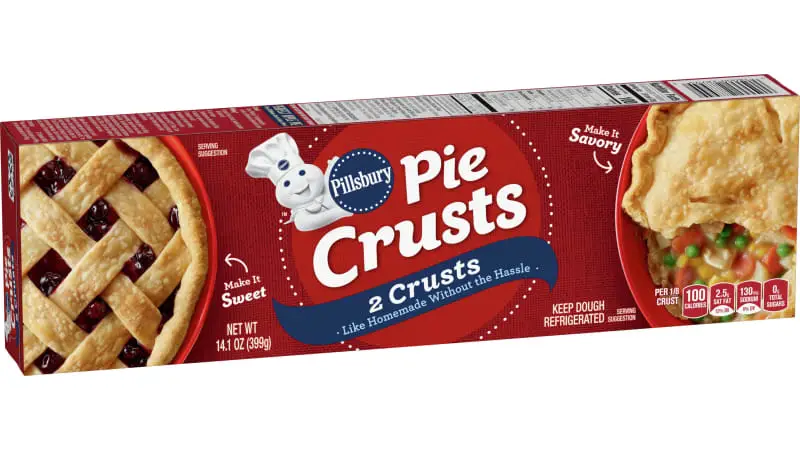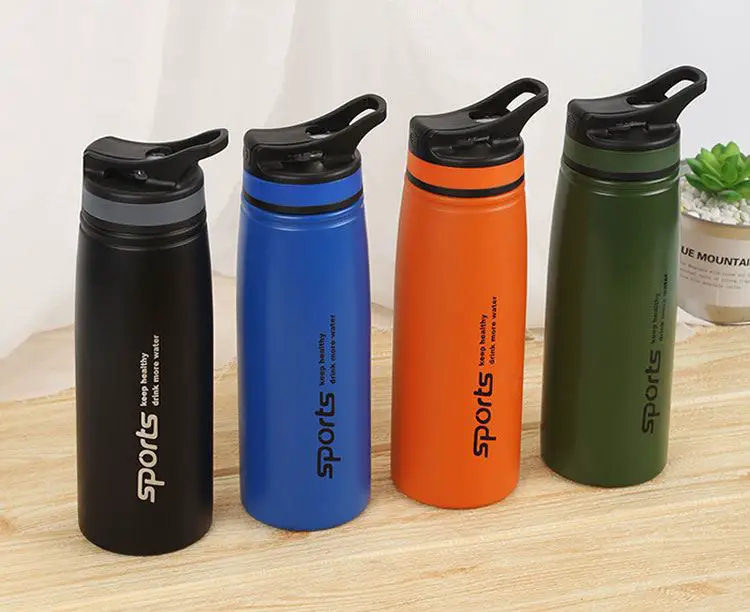Baking bread is an art form that requires precision, patience, and expertise. But what about baking in a ceramic dish? It’s a question that’s been asked countless times by both amateur and professional bakers alike. While some may argue that baking bread in ceramic dishes is not ideal, cooking enthusiasts have found great success with this method. So, can you bake bread in a ceramic dish? The answer might surprise you. Armed with the right knowledge and techniques, almost anyone can create delicious loaves of bread using nothing but their trusty ceramic dish. Read on to find out everything you need to know about this increasingly popular baking technique.
Aspiring bread bakers often have specific questions about baking techniques and equipment. One common question is whether or not it is possible to bake bread in ceramic dishes. There are several factors to consider before attempting this method. This article will explore the topic of baking bread in ceramic dishes, including their advantages and disadvantages, tips for using them, and recommended recipes.
Introduction
If you are an aspiring bread baker, you might be wondering if it is possible to use a ceramic dish to bake your loaves. In this article, we will discuss the advantages and disadvantages of baking your bread in a ceramic dish and provide tips and recipes to help you successfully bake your next loaf. Let’s dive in!
Advantages of Baking Bread in Ceramic Dishes
- Retains heat better than metal pans: Ceramic dishes retain heat much better than metal pans, which means your loaf will cook more evenly throughout.
- Provides a more even distribution of heat: Since ceramic dishes are great at retaining heat, they can ensure that the heat is distributed evenly throughout the loaf while cooking.
- Non-reactive material that does not affect the flavor of the bread: Unlike other materials like aluminum or copper, ceramic does not interact with acidic ingredients like sourdough starter or vinegar, which can impact the flavor of the bread negatively.
Disadvantages of Baking Bread in Ceramic Dishes
- Longer preheating time required than metal pans: It takes longer for a ceramic dish to warm up than it does for a metal pan.
- Not all ceramic dishes are oven-safe: Not all ceramics are designed to withstand the high temperatures of an oven, so it is best to invest in a ceramic dish specifically designed for baking.
- Ceramic dishes may break or crack under high temperatures: If you do not properly preheat your ceramic dish, it can break or crack due to rapid temperature changes.
Preparing to Bake Bread in a Ceramic Dish
Before you begin, make sure you have everything you need. Here are some things to consider:
Choosing a proper dish for baking bread
- Selecting the Right Size: To ensure even cooking and prevent your loaf from being too dense, choose a dish that is the appropriate size for your recipe.
- Type of Ceramic Dish: Make sure that the ceramic dish is specifically marketed as oven safe. It should also be able to withstand extremely high heat levels without cracking or breaking. Avoid using decorative dishes or pottery as they may not be suitable for oven use.
Using oil or non-stick spray on the surface before placing dough
- Gently Grease the Pan: To avoid sticking your dough once it goes into the oven gently grease with oil using a basting brush or that whichever ingredient is required. Depending on the type of pan, non-stick spray may work better than oil.
Preheating the dish at an appropriate temperature before putting inside the dough
- Preheat Your Oven: To avoid thermal shock, put your ceramic dish in early enough so that it gets up to temperature gradually while still preheating firmly.
- Timing: You should preheat the dish in the oven for 20-30 minutes before placing dough into it.
Tips for Baking Bread in a Ceramic Dish
- Avoid Overcrowding: If you’re making larger batches, use multiple dishes, or slice large loaves into smaller sections. This will ensure that every part of your bread is cooked evenly.
- Keep A Closer Eye on Time and Temperature: A ceramic dish requires a little extra attention to cook time and temp because It takes longer to heat through.
- Cooling inside dish so that your loaf won’t collapse instantly: Once removed from the oven, let the bread cool down until you can gently remove it without breaking before transferring to a cooling rack.
Recommended Recipes for Baking Bread in a Ceramic Dish
To give you an idea of what types of bread will work well in a ceramic dish, here are three recipes to consider trying out at home
- Easy Sourdough Focaccia Recipe using A Clay Pot
- No-Knead Dutch Oven Crusty Bread Recipe Using A Dutch Oven
- Artisan Bread Recipe Using An Oval-shaped Ceramic Baking Dish
Conclusion
In conclusion, baking bread in a ceramic dish has both its pros and cons. On the one hand, it retains heat better than metal pans and provides a more even distribution of heat. On the other hand, it requires a longer preheating time and not all ceramic dishes are oven-safe.
Make sure to follow all the best practices for preparing a ceramic dish for baking bread that we’ve outlined above, such as choosing the right size dish, preheating it properly, greasing its surface before placing dough into it, keeping an eye on cooking times and temperatures and finally allowing your loaf to cool gradually inside the dish without collapsing instantly.
Furthermore, we have recommended three recipes that will work well with ceramic dishes to give you an idea of which recipes work best in them. With these tips and recipes, you can start experimenting with baking your own bread in a ceramic dish with confidence.
Summary
If you’ve ever wondered if you can bake bread in a ceramic dish, the answer is yes! Ceramic dishes have many advantages, such as better heat retention and even distribution of heat. However, there are also some disadvantages to consider, such as the longer preheating time required and the possibility of breakage under high temperatures. To ensure success when baking bread in a ceramic dish, it’s important to choose the right dish, use enough oil or non-stick spray on the surface before placing the dough, and preheat at an appropriate temperature. Additionally, small pieces or sliced loaves should be used to avoid overcrowding in the dish. Recommended recipes for using a ceramic dish include easy sourdough focaccia, no-knead Dutch oven crusty bread, and artisan bread. With this comprehensive guide, you’ll be able to confidently bake delicious bread in your ceramic dish at home.







